Main author
Michael BrooksDavid Trench - A career in projects
For over 30 years, David Trench CBE FCIOB was one of the UK's leading project managers. Among the many projects he delivered successfully include the Millennium Dome, the British Library and the redevelopment of Ascot Racecourse.
Trench retired from construction in 2006, but his success in the industry continues in a different medium, having co-founded Designing Buildings Wiki as its Chairman in 2012.
Have a read about Trench's remarkable career through the projects that shaped it most, as well as his reflections on the industry today...
[edit] Project that was your breakthrough
I was about to be indentured with a law firm when, almost by chance, I ended up doing some work as a steel-fixer's labourer on a site for Taylor Woodrow. Out of that they offered me a management training programme, and I did a day-release college scheme for 2 years learning all the different trades.
I was with Taylor Woodrow for about 19 years, rising from section foreman to general foreman, sub-agent, and finally an agent with my own projects, but I'd always wanted to be self-employed.
I got my chance shortly after I had finished building what was then the Home Office at 102 Petty France [see image below]. They were having a lot of problems with trade unions striking and sawdust in the columns, so I'd been parachuted in as a troubleshooter. The whole thing was a bit of a mess but I got it built and finished, and it was a fairly big project with quite a lot of prestige at the time.
Shortly after that I took the leap and went out on my own, telling everyone I was a Project Manager which confused people because the role didn't really exist at that time.
I felt there was a gap in the client's knowledge between the designers and the builders who kept blaming each other for any delays, problems or extra costs. To have someone who understood construction, a 'poacher turned gamekeeper', would be invaluable in terms of providing client advice.
[edit] Project that taught you the most
You learn something on every project, and learn more by the mistakes than what went well. Very often you repeat what went well on a different project and it doesn’t work.
I learnt from my first projects, coming in as a troubleshooter, that very often most of the problems weren’t technical but people-related. There were always one or two people completely balls-ing it up because they were more interested in the adversarial politics side of things than the construction.
I would come into a job and interview all the main parties, and often found the same story coming out - everyone knew what the impediment was but were paralysed to do anything.
I would gather information from interviews with everyone, one or two issues would surface as being the biggest impediments, and then those were dealt with. I learnt that you had to make your major moves very quickly, usually within the first month, as people sussed you out pretty quickly.
[edit] Project that had the highest profile
That would have to be the Millennium Dome, because we had to make the date and of course the intense press focus on it.
The interference from the politicians was unforgivable really. The politicians – Blair, Mandelson, Prescott, et al – seemed to make up policy/strategy almost on the basis of that morning’s Today show.
To give you an example, without any consultations they announced that 3 million children would be allowed in free. We had to spend at least £3-5 million on facilities to allow that to happen – different turnstiles, coach areas, separate reception areas. Not to mention the maintenance work each night to repair the thousands of pounds of damage that 3 million children cause!
The budget available for the actual exhibition was severely watered down because of the decision taken by Michael Heseltine years before that it wouldn’t be in Birmingham, as per the original plan, but on the Greenwich Peninsula which was an area of contaminated land at the time.
The only reason the Dome’s construction was successful was because the contractor and myself totally isolated ourselves from the board. We got our budget and got on with it, operating as a self-contained unit. I made every decision without any reference back to anyone, I hardly even went to a board meeting!
But it was a fabulous team of people - the Laing/McAlpine joint venture were totally focused on delivery, Buro Happold engineering, Richard Rogers’ team of architects - one that I’d work with any time and on any building. It’s a shame in construction, when you get a team that gels like that, they very likely never work together again.
It is satisfying now, 17+ years on, that it has come to be seen rather more fondly than the media made out at the time, but I don’t think it ever really recovered from the opening night. I’ve never been back, nor been to a concert there, but I have done the walk over the top. I had never realised quite how steep it was!
[edit] Project that was the most challenging
Grand Buildings, Trafalgar Square.
Instead of building a completely new structure, it was decided to go for a pastiche recreation of the Victorian building that would have been there in the first place, but with a modern office block inside. This involved £7m-worth of carved stone, among many other things.
A major problem was that the tube line ran underneath it and when the existing building was demolished it was going to spring up in the air because the weight was part of the tube line design. We had to keep the weight on while we took down and built the new building. The resolution was big storage boxes of sand that we filled up as the building came down, and emptied as the new building went up.
The price we came in with was massively over the budget that the quantity surveyors had predicted. They turned around and said that it would be better, instead of using the very risky design-build procurement system that had been chosen, to re-tender the project under a traditional or management contract.
I stuck to my guns, brought everyone in, and we managed to pretty much get it back to the price by making concessions – using fake Disneyland stone for the interior for example. It was a terrifying time though, I didn’t want to let my client down, but it turned out to be a very successful project, and one that I’m very proud of.
[edit] Project that didn't get the recognition it deserved
The British Library.
Prince Charles had hated it and criticised the new Round Reading Room that was moved from the British Museum.
It’s understated outside but inside it has the most fabulous finishes of stone, brass and leather. I’m proud of the building because it will still be brilliant in 400 years and was built for that, whereas a lot of my buildings have already been demolished at the end of their 25-year lease!
Unfortunately though it's remembered as a disaster because it ended up at £590 million, but I doubt you could build it for less than £1 billion today. I think it represents bloody good value for money.
[edit] Project you'd most like to be remembered for
Probably Grand Buildings, for the simple reason that on the 6th floor overlooking the window is my head carved out of stone. I look down the Mall at Buckingham Palace!
Peterborough Court is a pretty good building, set back from the original Telegraph building. I’ve a lot of affection for Crown Reach on Grosvenor Road [see image below], which is still a great block of flats.
I think the architect gets remembered most, the project manager probably isn’t remembered at all!
[edit] How did the industry change over the course of your career
Not as much as it should have done as far as I’m concerned. We’re still doing things that the Egyptians did like using water for leveling, etc.
Mechanisation has obviously improved over my career - theodolites, levels, laser equipment, computers on every desk, much more virtual reality.
I’m disappointed generally in the lack of progress on successful off-site prefabrication, although there’s more of it nowadays, it’s a question of funding and people being brave enough to invest without necessarily the commitment from the client to buy it.
With the car and aviation industries you can mix and match tremendously because they standardise, use composite materials, and so on. The problem is that every building designer thinks the first thing they have to do is move away from the standard because its boring, they are constantly trying to reinvent the wheel, and don’t really know how to recreate using the components that are standard.
[edit] Why did you start Designing Buildings Wiki?
It seemed to me that the older generation who were leaving the industry weren’t going to be handing on their knowledge to anyone, and that maybe we should try and find a way for them to do so through the internet.
I could also see a lot of changes with procurement, to do with BIM and such like, which excited me. I realised how often I used Wikipedia and thought it would be great to have a site with more detail on the industry, building up a portfolio of work activities in a way that went into more detail than, say, the RIBA Plan of Work which obviously focused more on architects than anyone else.
Also, despite having buildings dotted all round the country, I thought I’d quite like to leave a bit of a legacy behind me! I’m delighted with its continued success, although not particularly surprised!
[edit] Find out more
[edit] Related articles on Designing Buildings Wiki
Featured articles and news
The history of building regulations
A story of belated action in response to crisis.
Moisture, fire safety and emerging trends in living walls
How wet is your wall?
Current policy explained and newly published consultation by the UK and Welsh Governments.
British architecture 1919–39. Book review.
Conservation of listed prefabs in Moseley.
Energy industry calls for urgent reform.
Heritage staff wellbeing at work survey.
A five minute introduction.
50th Golden anniversary ECA Edmundson apprentice award
Showcasing the very best electrotechnical and engineering services for half a century.
Welsh government consults on HRBs and reg changes
Seeking feedback on a new regulatory regime and a broad range of issues.
CIOB Client Guide (2nd edition) March 2025
Free download covering statutory dutyholder roles under the Building Safety Act and much more.
AI and automation in 3D modelling and spatial design
Can almost half of design development tasks be automated?
Minister quizzed, as responsibility transfers to MHCLG and BSR publishes new building control guidance.
UK environmental regulations reform 2025
Amid wider new approaches to ensure regulators and regulation support growth.
The maintenance challenge of tenements.
BSRIA Statutory Compliance Inspection Checklist
BG80/2025 now significantly updated to include requirements related to important changes in legislation.








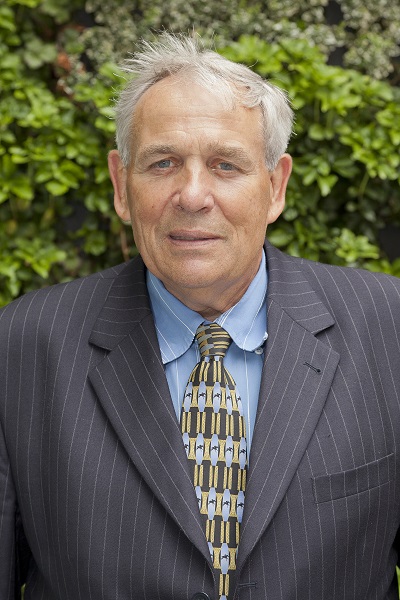

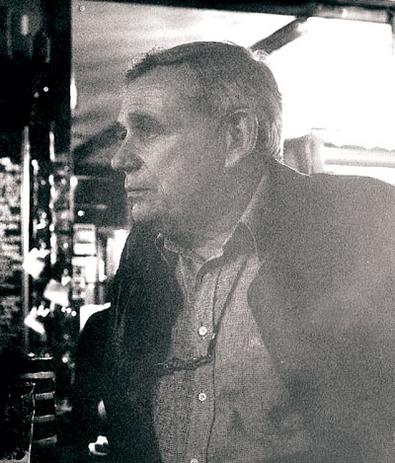
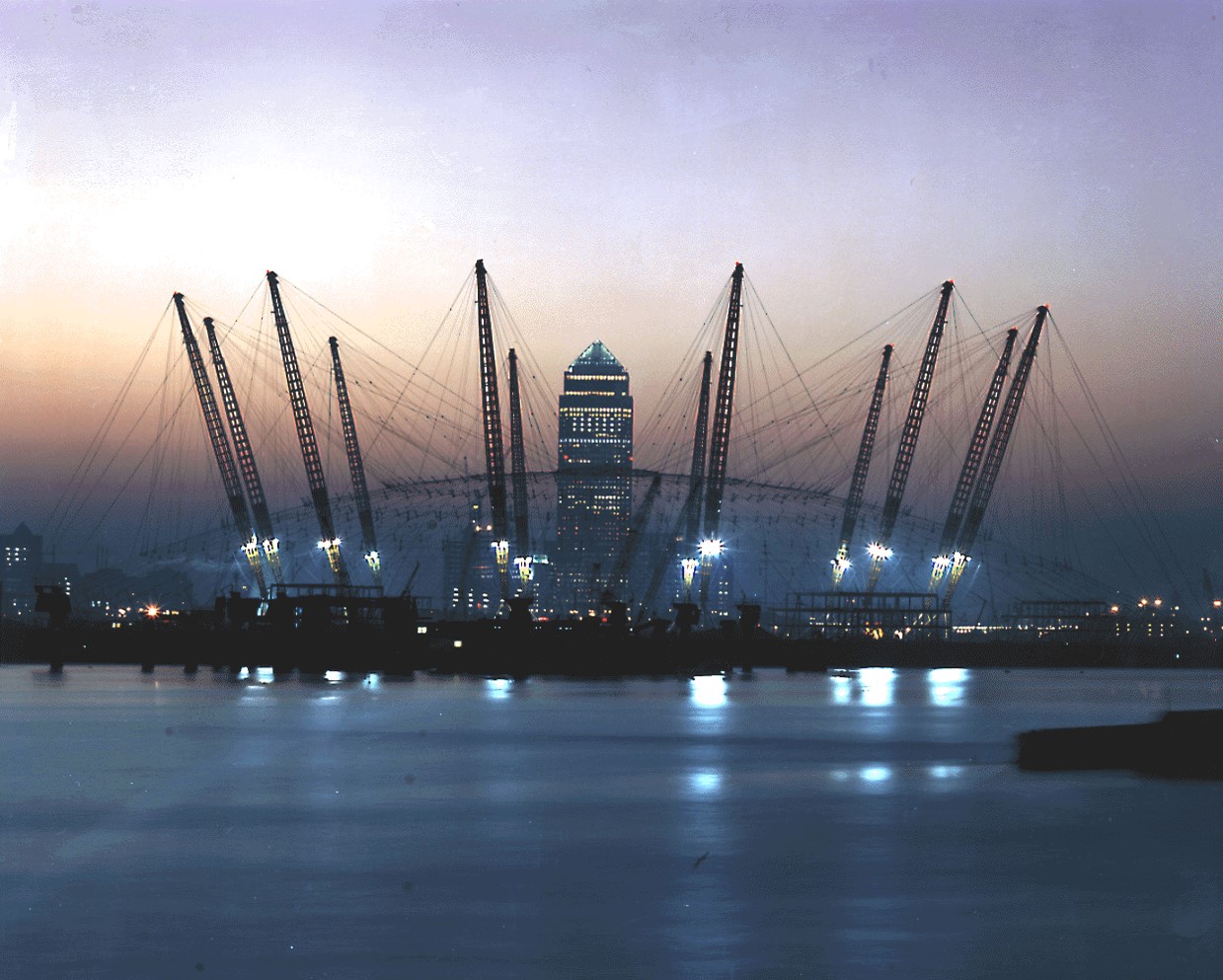
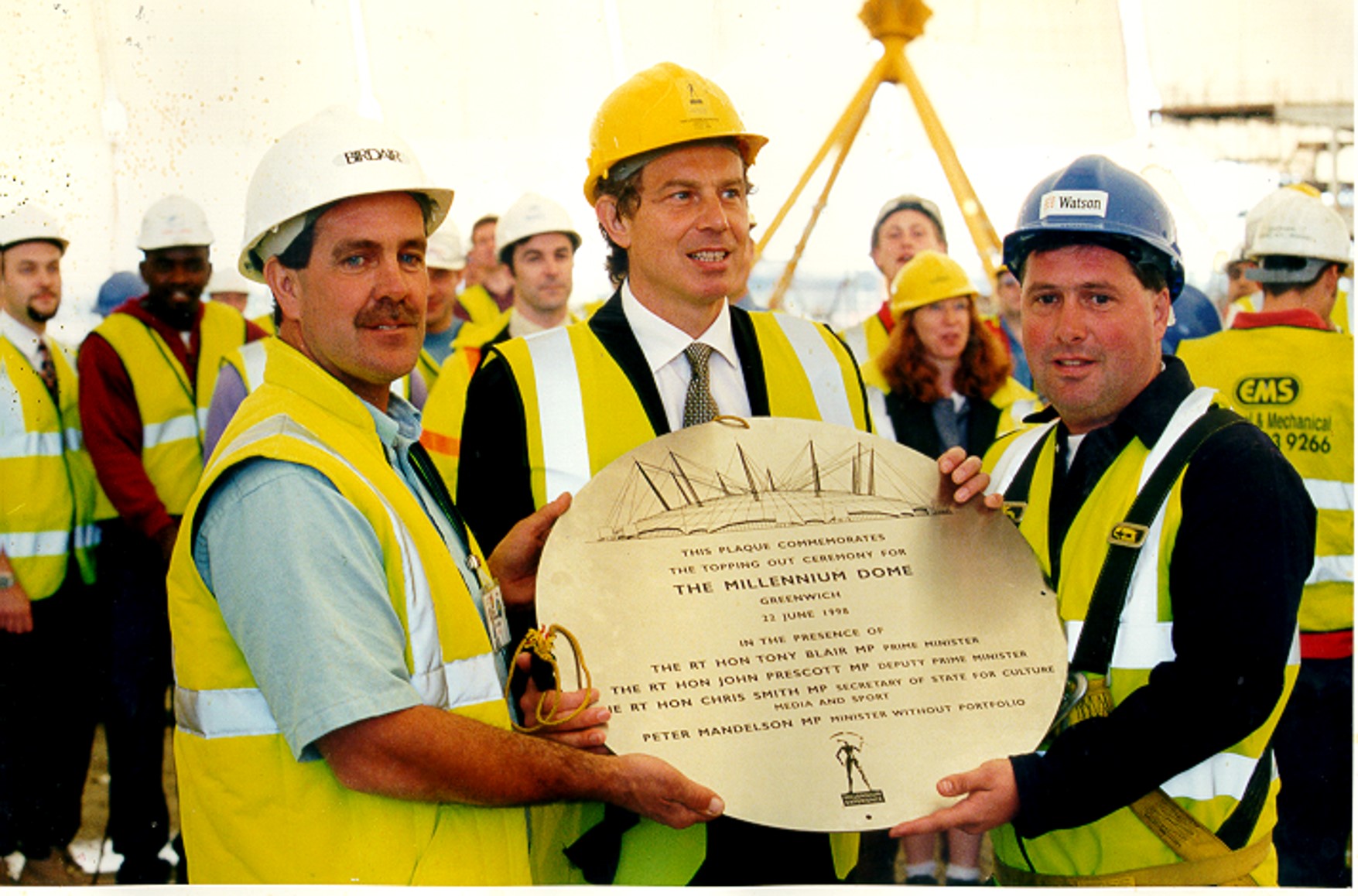
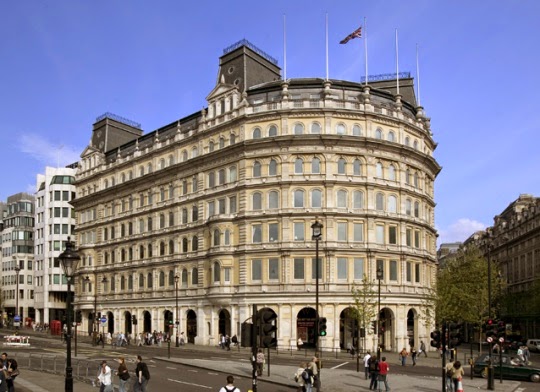


















Comments